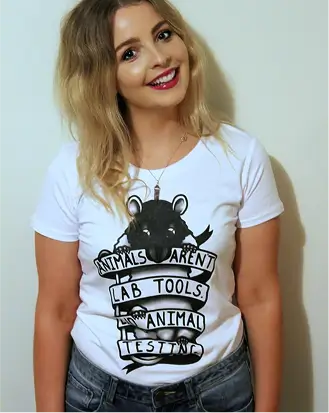How Animals Are Used in NZ Schools
Animals are used for teaching purposes in many different ways in NZ, including:
- Dissection: Animals are dissected in classrooms as a way of teaching students about the anatomy and physiology of various animals.
- Observation: Students observe animals in their natural habitats or in controlled environments to learn about their behaviour and ecological interactions.
- Research: Animals are used in research projects conducted by students and scientists to gain insights into specific biological phenomena.
- Animal-assisted therapy: Animals, such as therapy dogs, are utilized to support emotional well-being and aid in therapeutic interventions for individuals with various needs.
- Agricultural education: Animals used in animal agriculture are used to educate students about agricultural practices and animal husbandry (i.e., milking, impregnation of sows or dairy cows, calving assistance, hoof trimming, sheep shearing, tail and tooth clipping of piglets etc.).
- Wildlife conservation: Animals are studied to understand conservation challenges and devise strategies to protect endangered species.
- Animal behaviour studies: Students analyze and interpret animal behaviour patterns to learn about animal psychology and social dynamics.
- Animal Care: Students use animals (often companion animals) to learn how to handle and care for animals correctly. Other students (i.e., vet students) use animals to practice surgery techniques, restrain animals, and take blood samples or other measurements.
But, when it comes to finding out exactly how animals are used in NZ Schools, there isn't a lot of info publicly available!
Even the NZ Government wasn't able to tell us how animals are used in NZ schools So, we set out to fill this knowledge gap with a special survey.
OUR SURVEY
From June to July 2021, we conducted a nationwide survey about animal use in NZ schools (from primary to high schools). The project was designed to better understand which types of animals are used, how they are used, and how confident schools are with the current animal welfare laws and regulations.
We sent our survey to 2,518 schools. 1,179 schools filled in the survey (46.8%).
From the participating schools, we learnt that:
- 30.9% were not familiar with any regulations regarding animal use in schools.
- 14.7% use live animals.
- 16.6% use animal dissections.
- The most used animals or animal parts in animal dissections were “cow’s eyes”, followed by “hearts” (mostly cows, sheep, and pigs), “plucks” (lungs, heart and liver of an animal; usually sheep), “chicken wings/legs” and “fish heads/gills”. Rats, whole fish, and other organs and feet were less frequent but still common.
- Three schools reported that the animals were killed specifically for the purpose of dissection.
- Animal dissections are conducted at primary schools: Of the 195 schools reporting the use of dissection, 5.1% were full primary schools.
This is the first time anyone has had access to information like this!
You can read the full report here.






